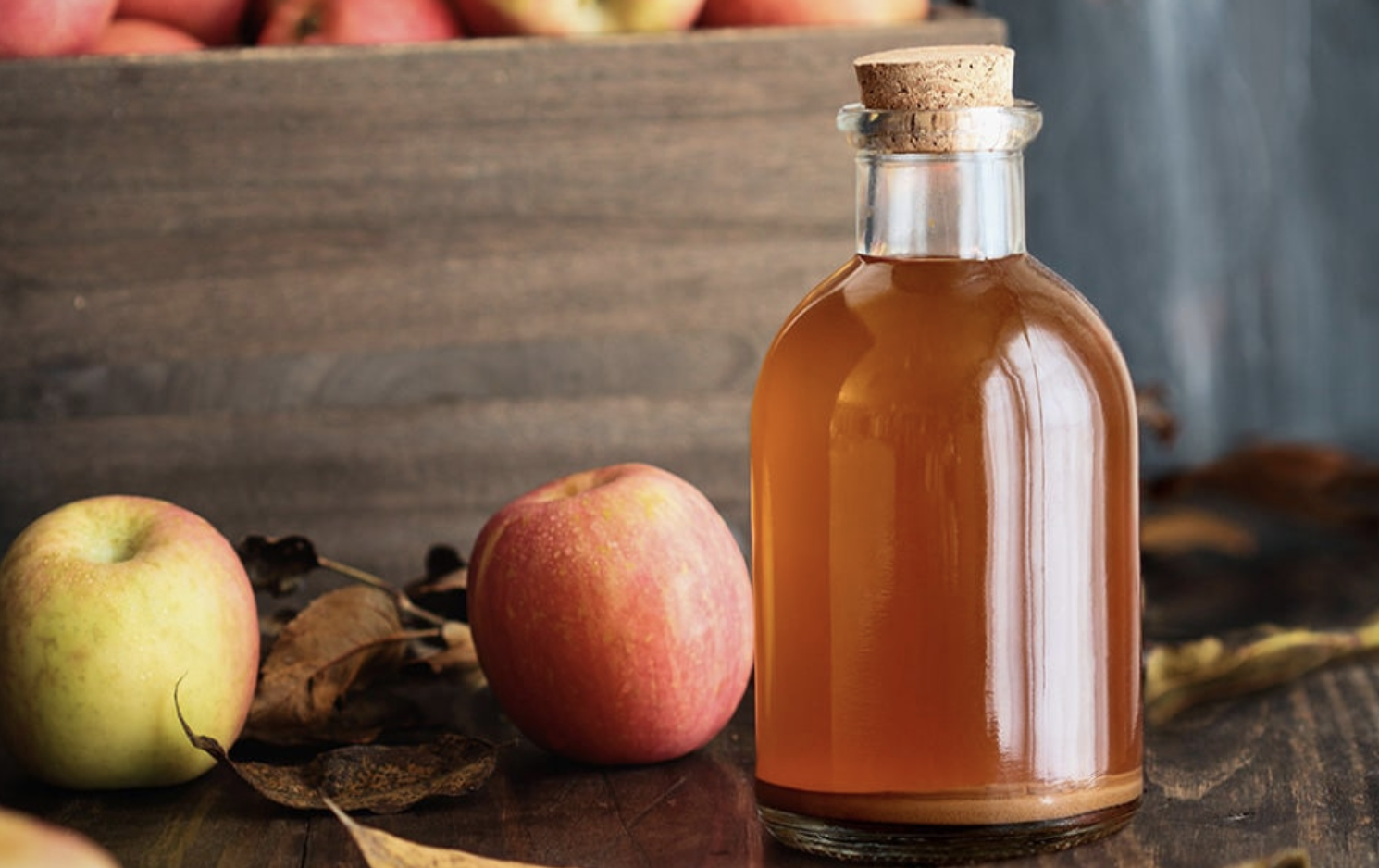Chou Kale: What are its benefits?
Kale is an old variety of green cabbage, composed of large curly leaves, which has not been consumed for several decades. This appellation of English origin is translated into French by terms that are also very old: cow cabbage, feather cabbage, half-dwarf green cabbage... Why has it become so fashionable? And what are its benefits?

In recent years, the kale has been making a comeback, gradually reaching its hour of glory: despite its taste, it is now inviting itself to all the tables of gourmets who are looking for health on their plate. Because if the kale first became the king of super healthy plants across the Atlantic, it is because it provides the nutrients essential to overall health and covers the daily needs of many vitamins and minerals but also fiber.
Kale: almost unrivaled nutritional qualities
In addition to having a very high content of protein, iron, vitamins, minerals, omega-3 and fiber, it has a large amount of beta-carotenes. Its nutritional contributions are even very impressive:
60 g of kale provide 134% of the daily recommended amount of vitamin C.
As for calcium, 100 g of kale contains 150 mg of calcium, while a glass of milk provides 125 mg.
A single cup of kale contains 7 times the recommended daily allowance of vitamin K, essential for blood clotting and binding calcium to protein,Kale Nutritional Value:
Energy 50 kcal
Protein 3.3g
Fat 0.7g
Carbohydrates 10g
Fiber 2.5g
Kale is also very alkalizing, which allows it to regulate the level of acidity in the body and prevent fatigue. It's hard to do better than this "super vegetable"! It is also a formidable slimming ally. Kale provides only 50 calories per 100 g while its fibers slow down the arrival of glucose in the blood.
In addition, it contains a lot of water which gives it a low energy density. It is therefore perfect for keeping the line! Kale contains antioxidants that help fight against cancer, as well as prevent it: these are more specifically quercetin and kaempferol.
How to eat kale ?
Kale is now easily found in organic stores or in parallel distribution circuits such as Amap.
The most common way to consume kale is raw, blended into a smoothie or juice, and mixed with other fruits and vegetables to tame its slightly bitter taste. It is also very common to cook it in the form of baked chips soaked in a little olive oil.
Be careful with medication taken alongside it, such as vitamin K antagonists (AVK), the rate of which can be greatly disturbed by the regular consumption of cabbage.










Find out how to remove the tartar on your dog's teeth
Under what conditions can you have an inflatable jacuzzi on its terrace or balcony?
Grass mower a perfect lawn!
Grandmother stuff: 3 stuff to remove a lawn stain